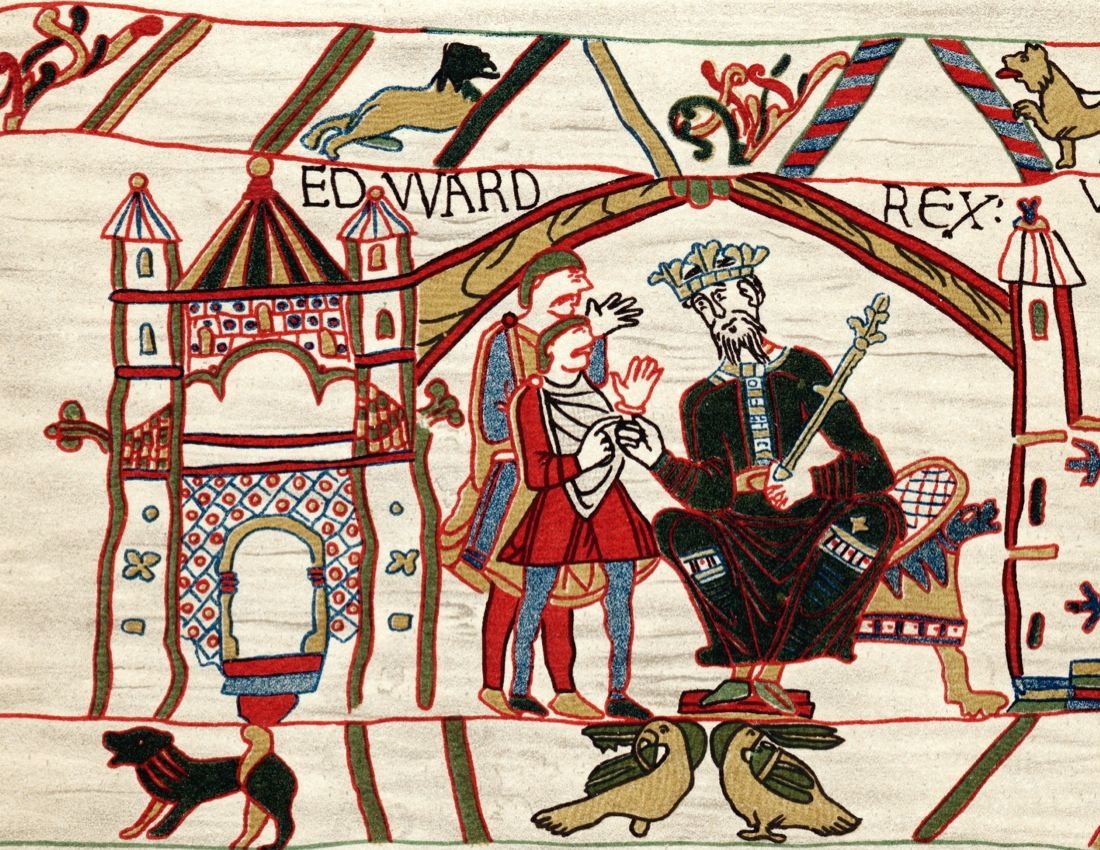
King Edward the Confessor dies
CanterburyKing Edward's death on 5 January 1066 left no clear heir, and several contenders laid claim to the throne of England. Edward's immediate successor was the Earl of Wessex, Harold Godwinson, the richest and most powerful of the English aristocrats and son of Godwin, Edward's earlier opponent. Harold was elected king by the Witenagemot of England and crowned by Ealdred, the Archbishop of York, although Norman propaganda claimed that the ceremony was performed by Stigand, the uncanonically elected Archbishop of Canterbury. Harold was at once challenged by two powerful neighbouring rulers. Duke William claimed that he had been promised the throne by King Edward and that Harold had sworn agreement to this. Harald Hardrada of Norway also contested the succession. His claim to the throne was based on an agreement between his predecessor Magnus the Good and the earlier King of England Harthacnut, whereby, if either died without heir, the other would inherit both England and Norway. William and Harald Hardrada immediately set about assembling troops and ships for separate invasions.
